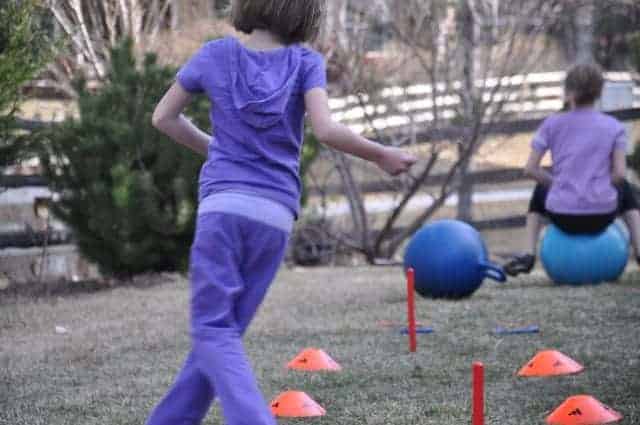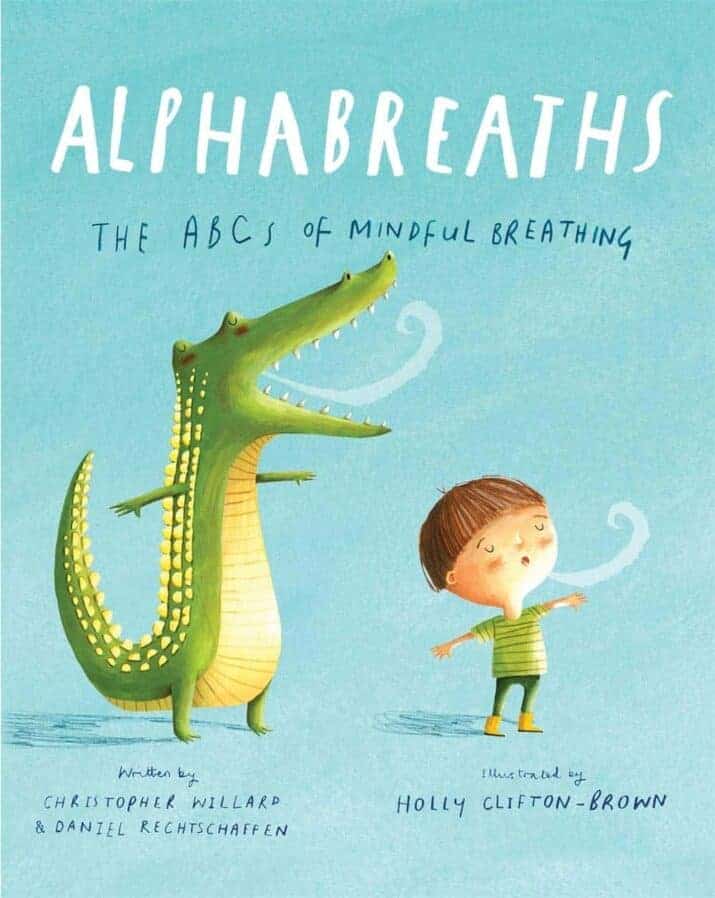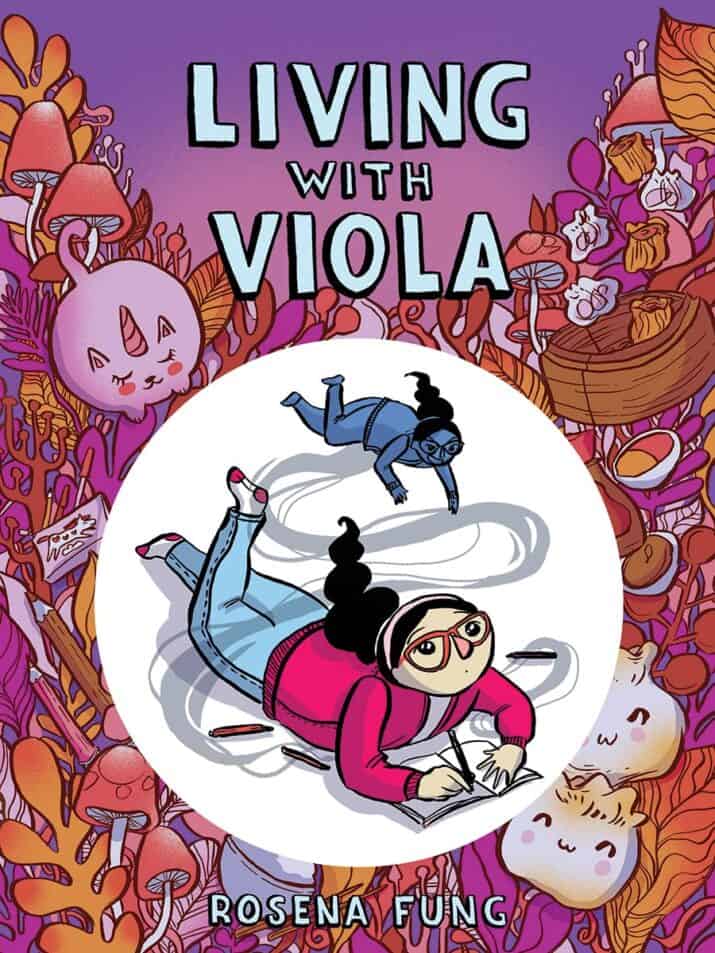Meaningful Ways to Help Kids with Anxiety
This post may contain affiliate links.
Some kids struggle with anxiety starting even as a young child...and for us as parents, our deepest desire is to help them. As a parent with an anxious daughter, I’ve tried a LOT of things…some that have worked and some that haven’t.
Today, I want to share the tools and strategies that I recommend you try to help anxious children, keeping in mind that there are different reasons and severities of anxiety.
And please remember that the best thing you can do for your kids is to accept ALL feelings. Say, “It’s okay that you’re feeling worried. Can I sit with you? Can I give you a hug?“
LISTEN.
Be accepting.
Be reassuring that feelings can be really big and sometimes overwhelming.
You can normalize that people have all sorts of feelings and might share your own strategies in a gentle way. “I feel worried sometimes, too. Sometimes I like to…(take a walk, pray, read, take a bath, call a friend,…) when I feel worried. What do notice that helps you? Do you want to try something right now?“
originally written in 2012, updated in 2024
My Daughter’s Anxiety Journey

After missing school and numerous trips to the doctor, my pediatrician kindly helped me see that my kindergartner’s stomach aches were mostly likely due to anxiety — there was no physical cause. And it turns out it would be the beginning of a lifelong struggle with anxiety.
My daughter, like many kids, experiences stress and anxiety physically.
Headaches, stomach aches, vomiting, and bedwetting are all common manifestations of worries in children.
Do you know any other kids with anxiety that experience their feelings physically?
In my daughter’s case, her anxiety turned into debilitating fears of leaving the house. (Which meant meltdown behaviors, crying and kicking before leaving the house, as well as some strange OCD behaviors.) I quickly realized that I didn’t know enough to help her. We needed professional help.
Meaningful Ways to Help Kids with Anxiety
1. Therapy
We tried cognitive therapy WAY too young and it didn’t work well. (Two therapists weekly for two years. Lots of money wasted.) In retrospect, I would only recommend play therapy for children under age 8 or Internal Family Systems.
I’ve now come to believe that cognitive therapy is NOT the best approach for me personally or my daughter even after age 8. (I did CBT for years and got nowhere with my trauma healing. I started making progress when I went to a Somatic Experiencing and IFS therapist.)
Also, I really want to emphasize that it takes time to find a good therapist. With my daughter, we went through three in 6 months until we found the right fit, a therapist who is AMAZING and my daughter has been seeing for four years. But trust your gut– if it feels off, it probably is. I also recommend joining a session because that’s when I saw the harm that one therapist was doing to my daughter by talking down to her and shaming her. 🙁
As far as best approaches, my daughter and I both love and highly recommend Internal Family Systems as a therapeutic approach that is excellent for kids with anxiety and well, anything. (It’s also great for adults.)
A good therapist will help your child learn tools for handling anxiety– not necessarily getting rid of it– but to accept, notice, and live with it. Trying to get rid of anxiety actually leads to more anxiety as well as shame when and if you’re unsuccessful.
(Yes, medication can help, too. That’s a whole different blog post and something we haven’t tried so I can’t actually speak to it.)
2. Uncover the Brain-Based Reasons Like Sensory Processing Disorder

In addition, we personally found a HUGE connection between AJ’s sensory processing disorder and anxiety. Meaning, once we started the sensory diet for SPD including brushing and joint compressions, the anxiety improved drastically. Read more about that here.
There’s a lot of reasons for anxiety but brain stuff is a big reason. Besides sensory processing, my daughter didn’t ever crawl properly so we also found some modicum of benefit with belly crawling and regular crawling AGAIN correctly to develop the brain.
3. Overheard Stories

Early on, before therapy and before age five, I called in to the Love and Logic radio show with Dr. Jim Fay who suggested I tell my husband about my own anxiety when my daughter was nearby. He told me to talk out loud about how I handled my feelings, giving my daughter some solution ideas. I was supposed to let her overhear.
Example:
“I was so worried about going to that meeting today, I felt kind of weird in my tummy. I decided to take five deep breathes and that really helped. And, the meeting went really well after all.”
This was hard to remember but I think it was good advice especially for smaller worries. Kids do like to overhear things we say — especially those times we don’t want them to be listening!
4. Physical Movement

My husband notices that if our daughter doesn’t get enough physical activity, her behavior and anxiety get worse.
So, we make sure that we spent time outside running, swinging, jumping and playing. If it is too cold, we rough house inside, jump off the couch, play basketball in our basement (I put up a hoop)…we let her roller skate inside, too. Movement helps her so much.
5. Breathing and Visualization
Lori Lite created Stress Free Kids, a line of books, CDs and curriculum to help kids with anxiety. She sent me Indigo Dreams, 60 minutes of stories and music. Children follow the characters along as they learn belly breathing with A Boy and a Bear, make positive statements with The Affirmation Web, visualize with A Boy and a Turtle and relax with The Goodnight Caterpillar.
I liked the CD but my daughter wouldn’t sit still to listen to more than a few minutes. She will move up until the last second before she has to sleep. Even when I read to her before bed, she’ll knit, reorganize her desk or fold clothes. But sitting, listening and breathing? Not so much.
Another way to help kids with breathing and visualization is to begin doing yoga. We have tried and recommend a variety of books, videos, and games you can find here.

Learn about breathing deeply with motions and visuals starting with A for Alligator Breath in the book
Alphabreaths: The ABCs of Mindful Breathing by Christopher Willard and Daniel Rechtschaffen. “Open your arms wide like alligator jaws on the in-breath. Snap them shut on the out-breath.” Try each letter of the alphabet like the Butterfly Breath, Cake Breath, Flower Breath, Ninja Breath, and Yawning Breath. Read, practice, and discuss which breaths you like the best.
I also recommend Breathe with Me by Mariam Gates for ages 2 – 6!
Mindfulness is all about breathing, staying present, and visualization. Resources for mindfulness can be found here.
5. Bibliotherapy: Children’s Books to Help with Anxiety
Bibliotherapy means using books to help kids know they’re not alone and to hear stories about how others have handled similar situations or feelings.
Below you’ll find picture books and middle-grade books that talk about worries, fears, anxiety, bravery, and courage. Maybe they can help as you seek to support your child with anxiety, worry, or fear.

Pilar’s Worries by Victoria M. Sanchez, illustrated by Jess Golden
ages 4 – 8
This story about a girl named Pilar shows a child experiencing anxiety — and what she does about it. She notices the sensations in her body like her heart beating fast and her legs prickling. She has strategies that help — breathing and saying, “I can do it.” It’s not overly complex but may show kids that they’re not alone and anxiety can get better.

The Rabbit Listened by Cory Doerrfeld
ages 4 – 8
This is probably my favorite book about feelings because it’s so accepting and models listening, not fixing. As you can tell from the title, after all the other animals try to fix things, the rabbit simply listens to Taylor with compassion when Taylor’s ready to share. (And when she doesn’t want to talk, the rabbit sits quietly with her friend.)

The Happy Book and Other Feelings by Andy Rash
ages 4 – 8
I love this book! It accurately shows the range of emotions that we experience in a healthy day of living. Pay attention to the symbolism in the colors as well as items and puns in a relatable story of friendship.

Breathe with Me by Mariam Gates
ages 4 – 8
I love how Gates makes breathing accessible to children with powerful imagery. For example, when you’re sleepy in the morning and can’t wake up — try doing Rainbow Breath. Illustrated with a girl sitting under a rainbow we read about Rainbow Breath:
“Sit up and let your spine grow tall.
Bring your arms out straight to
the sides, palms down.
Inhale and sweep your arms up over your head palm to palm.
Exhale and bring your arms back
straight out to the sides, palms down.
Repeat three times.“
Or when you’re nervous about something new, try Dandelion Breath. (I LOVE the idea of blowing a dandelion, don’t you?) The book has five different ways to think about your breathing in total. And I think they’re all so brilliantly relatable for kids. MORE MINDFULNESS BOOKS HERE.

Mindful Kids: 50 Activities for Calm, Focus and Peace by Whitney Stewart and Mina Braun
Beautiful illustrations with diversity (!!) give kids 50 games, visualizations, and exercises to promote mindfulness in 5 categories: feeling grounded, finding calm, improving focus, practicing loving kindness, and relaxing. Easy step by step instructions make these accessible for kids and adults. I can’t wait to try these with my kids.

Guts by Raina Telgemeier (graphic novel)
ages 8 – 12
Raina shares her own life story, how in elementary school, her fears and anxieties led to terrible stomach aches, days of missed school, and time in therapy. Guts sensitively delves into the mind-body connection, showing therapy in a positive light. I wholeheartedly appreciate that the story shows a kind counselor who gives Raina helpful strategies. My daughter and I both love when Raina bravely presents to her class a strategy she learned in therapy — deep breathing.

The Summer of June by Jamie Sumner
ages 9 – 12
I ADORE and highly recommend this hopeful, realistically beautiful story about living with anxiety! June experiences severe anxiety, which sometimes makes her pull out her hair and have panic attacks. That’s why she starts the summer by shaving her hair off completely– no chance of pulling it out. She spends her summer days at the library with her youth librarian mother. She meets a boy named Homer, who shares his love of poetry with her and they gradually become friends, but she hasn’t told him the truth about her anxiety. Her mom is her biggest supporter (she shaved her head in solidarity), her therapist’s gentle and firm care gets June the medication and guidance she needs, and her new and old friends from the library show June that many people care about her and accept her for who she is.

Living with Viola by Rosena Fung
ages 9 – 12
Viola is Livy’s anxiety personified. Viola is loud and says mean things and doesn’t believe in Liv’s capacity. Fung masterfully lets us live inside Livy’s mind so we can understand what it’s like to have anxiety disorder and just how strong and loud that voice is. Livy’s family are Chinese immigrants in Canada, and she feels a lot of pressure from her extended family about being an exceptional student and good daughter. Then with friendship struggles on top of her family concerns, Viola’s voice is stronger than ever. Livy finally tells her parents and gets a diagnosis and support. Moving, profound, and empathy-building — I highly recommend this story; it’s one of the best stories about anxiety that I’ve read.
WHAT ABOUT YOU? How do you help your kids with anxiety?
What’s worked for your child and your family?

ALSO READ:
Books About Facing Fears and Having Courage
Anxiety Connected to Sensory Processing Disorder












My relationship with my granddaughter is completely different from the ones I had with my children. Thank God. I have a high level of anxiety that at the age of nearly 63 years I am still learning to recognize for what it is. That helps me when I’m with my granddaughter. Understanding myself better helps so much in appreciating her as she is. Thank you for Imagination Soup. The work you do is part of the healing our whole world really, really needs. God love you.
thank you!! xx